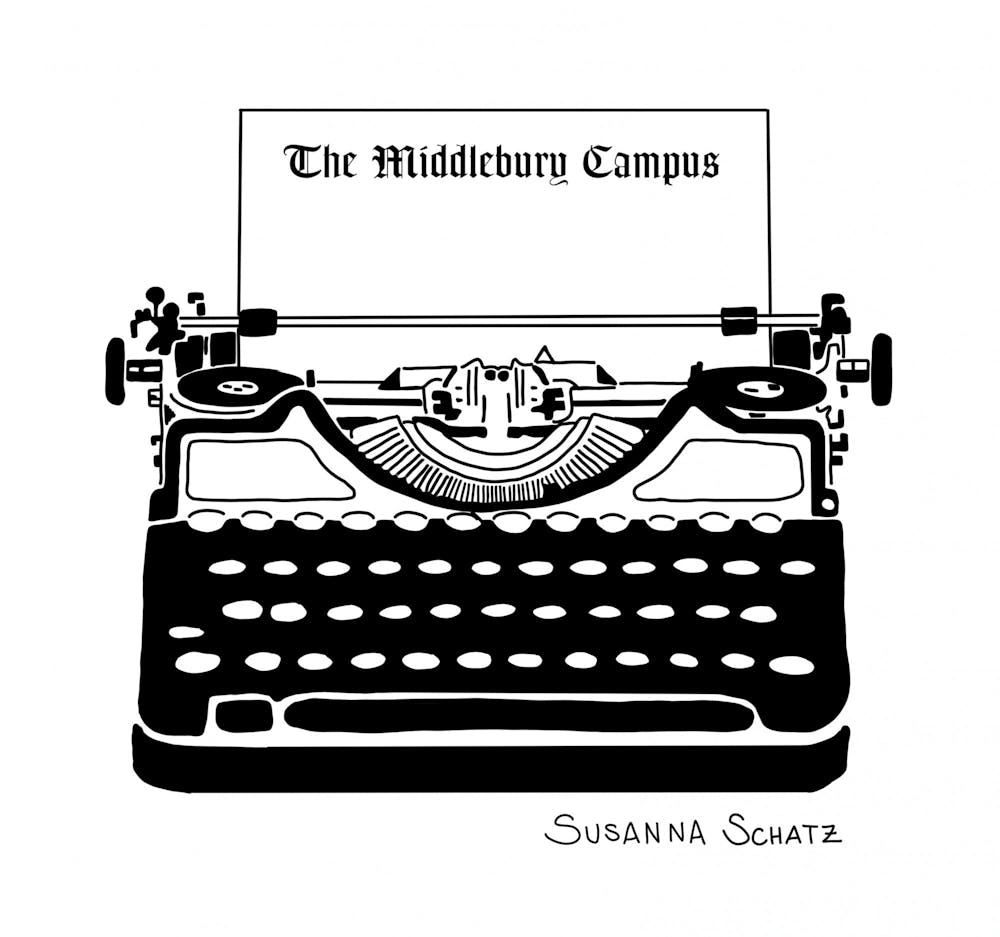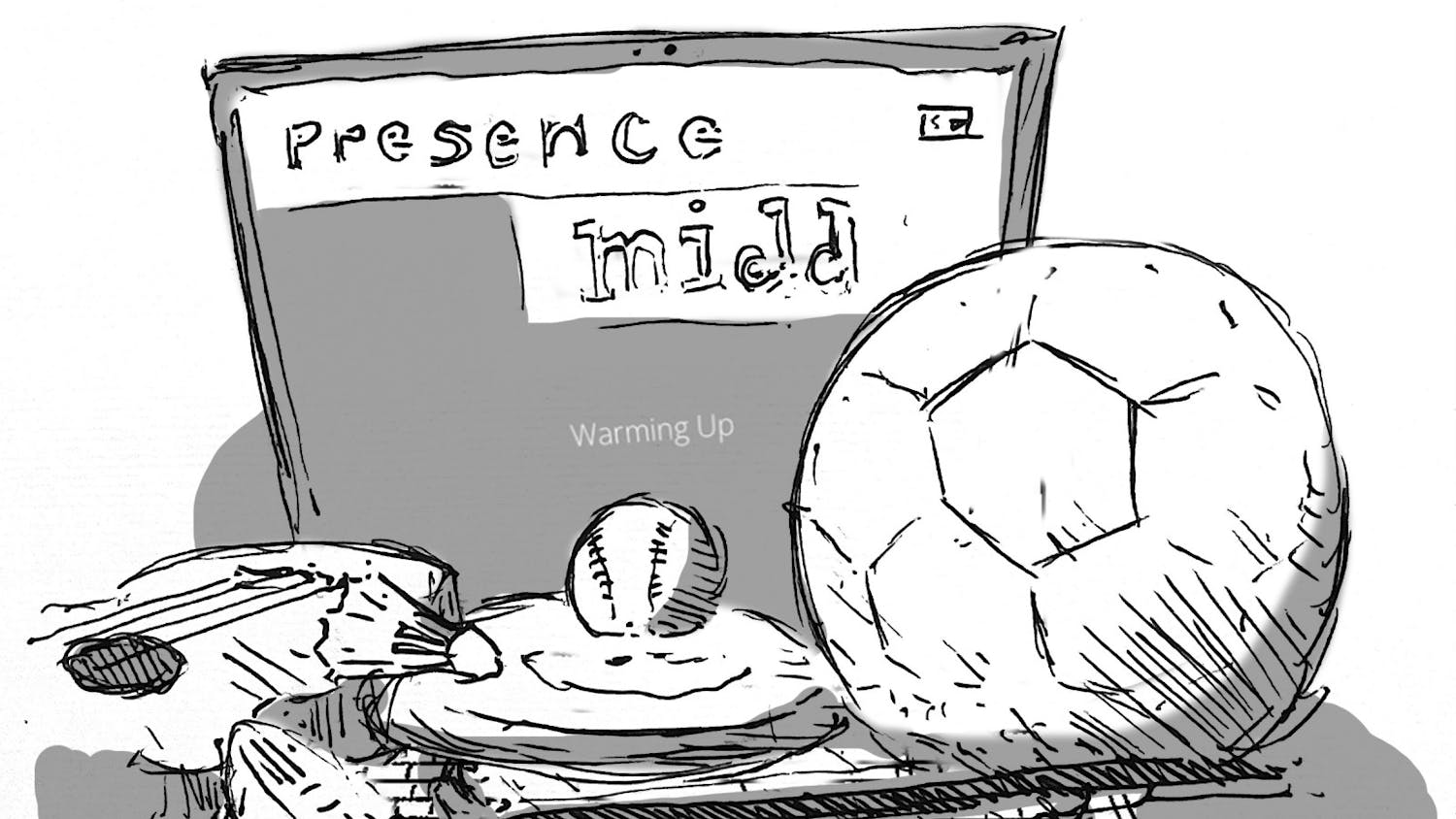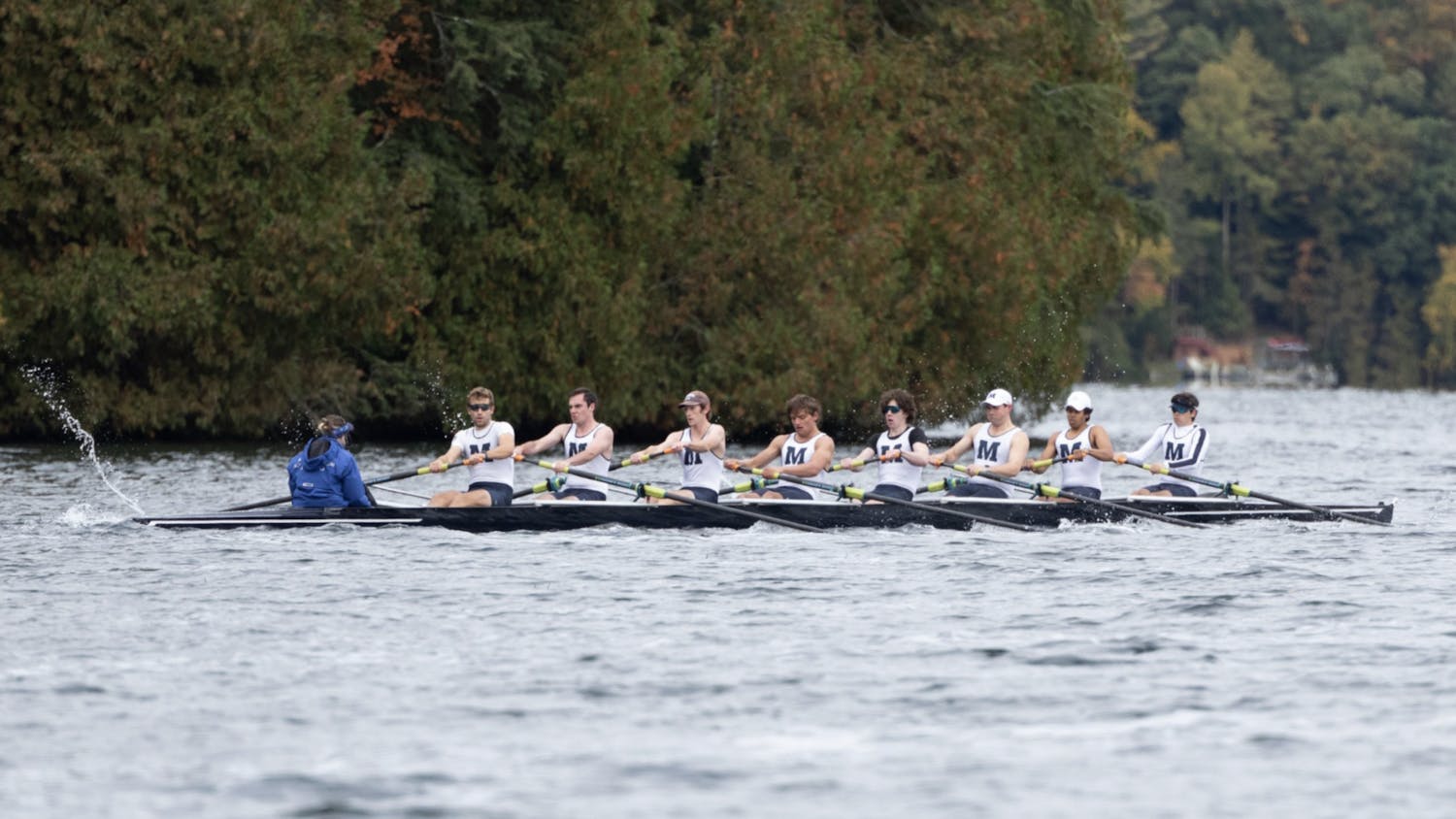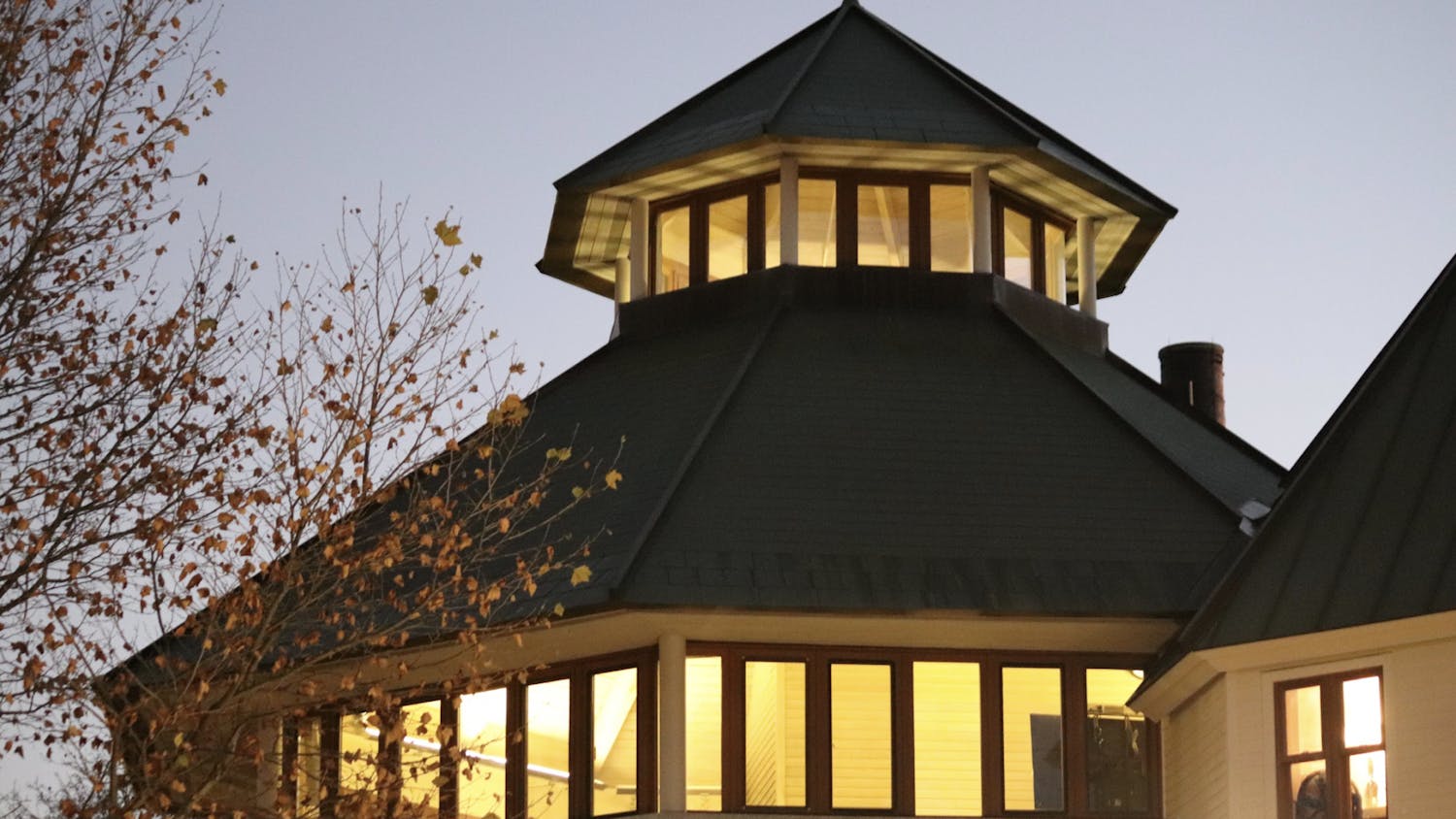“Your individual thoughts and ideas are fostered here, and the opportunities to express them are endless. Students are also able to start new clubs each year, so the possibilities for engagement are virtually limitless.” In reading this messaging from Middlebury’s admissions web page, one would expect the extracurricular experience to be inviting and seamless. Unfortunately, the image presented to prospective students does not hold true to our experience as active members of the Middlebury community.
Our activity fee has gone up every year, but we are not seeing these resources reflected in current extracurricular infrastructure. Based on current enrollment, we can estimate there is well over one million dollars in total allowance for club resources this fiscal year. It is clear that sufficient resources exist but are potentially not being adequately or efficiently allotted.
In contrast with the college’s stated goal of “limitless” opportunities for club engagement, it seems as if bureaucratic systems have often become a hindrance rather than a help. A lack of transparency surrounding club funding, which is often inadequate, can make it difficult for student leaders to secure sufficient resources for their organization.
While some clubs finish their semester with excess resources to spend, others struggle to finance basic needs like cycling race dues, away game travel or printing costs. In many cases, this means that members have to pay out of pocket for such costs, which can prove a consequential barrier to club participation. Full engagement in a club should not be contingent on one’s socioeconomic status.
The amount of funding a club receives in a given semester is determined by the Student Government Association Finance Committee (SGAFC). When the committee hears a request for funding, they go through the proposed budget line by line and accept, reject or partially accept each item. However, many club leaders have shared that the reasons behind rejections and partial acceptances are poorly explained. Leaders often find themselves reapplying for funding throughout a semester in order to fully fund their organization’s needs, which can be a stressful and inflexible process.
In particular, the new tiered system, which determined the number of competitions allowed for each club sport, has proven confusing and constraining for many students looking to engage in athletics at the non-varsity level. The designation of some clubs seem arbitrary; for example, all current club teams with varsity counterparts, no matter their record or number of members, are categorized in “Tier 3.” For club sports such as tennis or soccer, which attract a significant number of students for whom that sport is often a defining part of their identity and Midd experience, it is illogical to constrain their level of participation based on the false premise that students have the opportunity to play on the equivalent varsity team instead.
In addition, performing arts-based clubs such as a cappella and dance groups have expressed frustration regarding a lack of reliable rehearsal spaces. As a result, such groups often find themselves scrambling at the last minute to find suitable accommodations. The downstairs Proctor basement space — a well-loved dance studio and location for Midd Yoga classes — has been indefinitely closed to students. It’s hard to imagine athletic facilities being closed to varsity teams; this demonstrates how other clubs are provided different access and prioritization.
With the importance of club engagement in mind, encouraging broad and meaningful access needs to be our institutional priority. In order to best facilitate improvements, increasing transparency around club funding amounts, and elucidating the process of awarding such resources, is our first hope. Simply publishing each club’s annual resources in an open forum would be a productive step that would allow student leaders to compare their funds with those of similar organizations. It would provide them the opportunity to advocate for the resources their club needs, instead of relying solely on word of mouth or limited records from past treasurers or presidents.
Secondly, it is critical to recognize that the SAO staff are overburdened and under-supported due to the fact that there has been significant turnover and understaffing as of late. Since the departure of the director of student activities last winter and the departure of the director of club sports and outdoor programs this fall, remaining staff have taken on new jobs. A larger and more consistent staff body in SAO, as well as improved communication between SAO and student leaders, would be a tremendous asset to the health of Middlebury clubs and organizations. Their hard work does not go unappreciated, and we call for increased SAO staffing in order to take pressure off existing staff members.
Especially considering our relative isolation here in rural Vermont, it is critical that the college prioritizes well-organized and well-funded opportunities for engagement. Unlike students who attend urban institutions, our cultural and community-based experiences are largely restricted to what we have here on campus. This has the potential to bring us closer together, to foster strong cohesion and inclusion, but we must better utilize our resources in service of the richest possible student experience.




